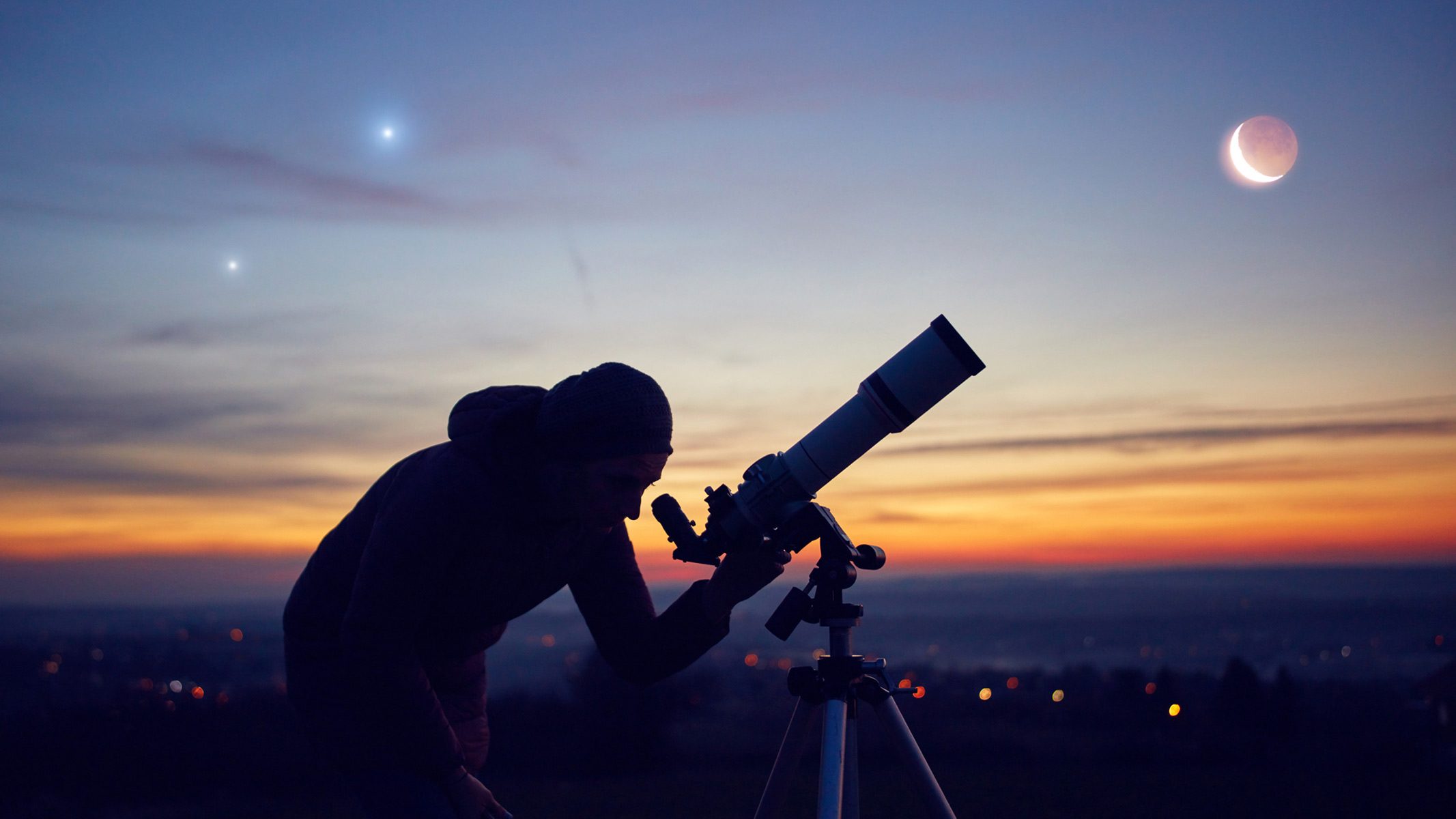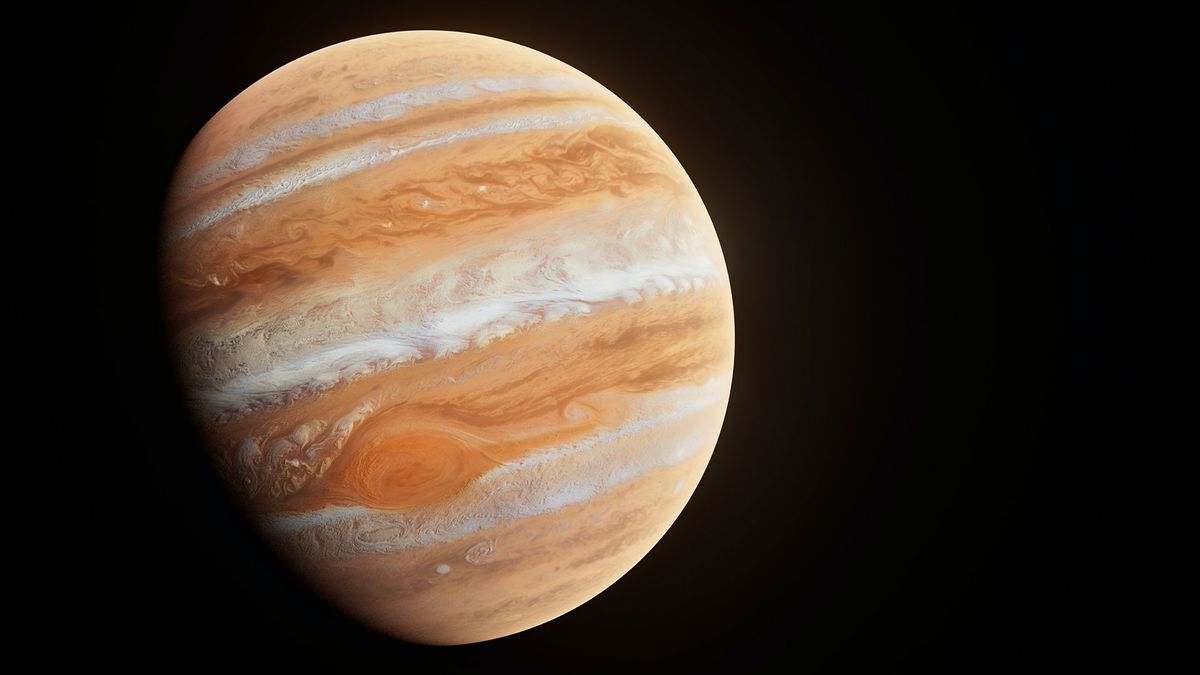Best Telescope to See Planets

Choosing the right telescope can make stargazing exciting. The best telescope to see planets will enhance your experience and reveal stunning details of the night sky.
Whether you’re a beginner or a seasoned astronomer, finding a telescope that meets your needs is crucial. The right telescope can bring planets like Saturn and Jupiter up close, allowing you to see their rings and moons clearly. As interest in astronomy grows, many people seek tools that help them explore the universe.
A good telescope can ignite curiosity and passion for space. In this guide, we will explore top telescopes that bring planets into sharp focus. Get ready to discover the wonders of the cosmos like never before!

Stargazing Essentials
Choosing the right telescope is important for great stargazing. Aperture is key. A larger aperture lets in more light. This helps see faint objects clearly. It also improves detail in the planets.
Magnification also matters. It helps zoom in on planets. Higher magnification shows more details. But too much magnification can make images blurry.
For beginners, a telescope with a mid-range aperture is best. Aim for at least 70mm. This size is good for viewing planets and the moon. A magnification of 100x is usually enough.
For better views, consider telescopes with both high aperture and magnification. This combination allows for stunning images of celestial bodies.

Types Of Telescopes
Refractors use lenses. They give sharp images of planets. Great for daytime views too. People love their simple design.
Reflectors use mirrors. They are good for deep-sky observing. Perfect for looking at stars and galaxies. They gather more light, showing fainter objects.
Compound telescopes mix lenses and mirrors. They offer versatility for many users. Good for both planets and deep space. They are compact and easy to carry.
Top Telescope Picks For Planetary Viewing
For serious astronomers, high-end models are the best choice. These telescopes give clear images of planets. Look for options with large apertures and high magnification. Brands like Celestron and Meade are popular.
Mid-range telescopes fit enthusiasts well. They offer great performance without the high price. Models from Sky-Watcher and Orion work nicely. These telescopes provide good views of planets like Mars and Jupiter.
Budget-friendly options are perfect for beginners. They are easy to use and set up. Refractors and reflectors under $200 can be found. Brands like Bushnell and Tasco have solid choices for new stargazers.

Key Features For Planetary Observation
Optical coatings are very important for telescopes. They help to improve light transmission. This means clearer and brighter images. Coatings reduce glare and reflections. Good coatings make a big difference when observing planets.
Focal length is the distance from the lens to the image. A longer focal length gives more detail. It is better for seeing planets. Focal ratio is the focal length divided by the diameter. A smaller ratio means a brighter image. This is helpful for viewing faint objects.
| Feature | Importance |
|---|---|
| Optical Coatings | Enhance clarity and brightness |
| Focal Length | More detail in images |
| Focal Ratio | Brighter images for faint objects |
Telescope Accessories
Choosing the right eyepieces is important for your telescope. They help you see planets clearly. Different focal lengths give different views. A wide-angle eyepiece can show more of the sky. A high-power eyepiece can show details of planets.
Barlow lenses are great for adding more magnification. They double or triple the power of your eyepiece. This means you can see planets even closer. They are easy to use and fit most eyepieces.
Using filters can improve contrast and clarity. A moon filter reduces brightness when looking at the moon. A color filter can help see details on planets. For example, a red filter makes Mars look better.
Setting Up For Success
Choose a quiet spot away from bright lights. This helps you see planets better. Look for a place with a clear view of the sky. Avoid tall buildings or trees blocking your view.
Check the weather before you go. Clear nights are best for stargazing. A good location will make a big difference. Use a map or app to find dark sky areas.
Align your telescope correctly. This will help you find planets easily. Follow the instructions that come with your telescope. Practice tracking the planets as they move across the sky.
Observing The Solar System
Planets are best seen at specific times. Each planet has a prime viewing time. Here is a simple guide:
| Planet | Best Viewing Time |
|---|---|
| Mercury | Early morning or late evening |
| Venus | Morning or evening sky |
| Mars | Late evening |
| Jupiter | All night in winter |
| Saturn | Late evening in summer |
Identify planets by their bright light. They shine steadily, unlike stars. Use a telescope for a better view. Look for specific colors. For example, Mars appears red. Jupiter shows bands of color. Saturn has its famous rings.
Enhancing The Viewing Experience
Photography through a telescope can capture amazing details. Use a good camera to take clear photos. A telescope with a strong lens helps a lot. Make sure to use a tripod. It keeps the camera steady. Experiment with different settings for the best results.
Joining astronomy clubs is a great way to learn. Members share tips and ideas. You can meet people who love space. Many clubs organize star parties. These events let you see planets up close. Bring your telescope and enjoy the night sky together.
Online communities also offer support. Forums and social media groups help you connect. Share your photos and ask questions. Learn from others who share your passion for astronomy.
Frequently Asked Questions
What Is The Best Telescope For Viewing Planets?
The best telescope for viewing planets is a refractor or a larger aperture reflector. Models like the Celestron NexStar 6SE or the Orion 8-Inch Dobsonian offer excellent clarity. Choose one with a good mount for stability and ease of use.
Always prioritize quality optics for the best planetary views.
What Size Telescope Do I Need To See The Planets?
A telescope with at least 4 inches of aperture will allow you to see planets clearly. For better detail, consider an 8-inch or larger telescope. These sizes enhance visibility of planetary features like rings and moons. Choose a model with good optics for the best experience.
What Magnification Is Good For Viewing Planets?
A magnification of 100x to 200x is ideal for viewing planets. This range provides clear details of planetary features without sacrificing image quality. For larger telescopes, higher magnifications can be used, but atmospheric conditions may limit visibility.
What Is The Best Telescope For Planet Killer?
The best telescope for planet observation is the Celestron NexStar 8SE. Its 8-inch aperture provides excellent detail of planetary features. The user-friendly mount makes it ideal for both beginners and experienced astronomers. Compact and portable, it’s perfect for stargazing in various locations.
Conclusion
Choosing the best telescope to see planets is important. Consider your budget, experience, and needs. A good telescope can enhance your stargazing experience. Models like refractors and reflectors offer great views. Research different options before making a decision. Read reviews and ask for advice.
Enjoy the beauty of the night sky. With the right telescope, planets will come alive. Start your journey into astronomy today. Happy stargazing!






